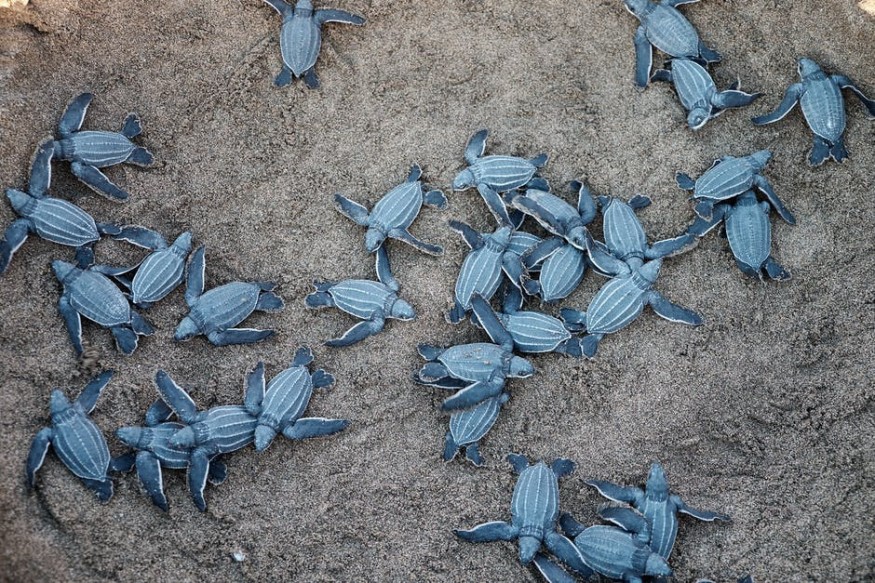
Tourism has completely ceased in Thailand ever since it imposed lockdown to contain and suppress the coronavirus pandemic. Because of this, Thailand's beaches have witnessed a resurgence in leatherback turtle nesting. It is the most massive increase in nesting after 20 years.
This news is among the many reports of animals getting back the spaces that humans occupied. This taking over is due to the lockdowns implemented around the world as a response to the COVID-19 crisis.
Thailand usually attracts some 30-40 million tourists from other countries each year. Tourism is a staple of its economy. Unfortunately, the lockdown spurred by the COVID-19 pandemic has also restricted travelers from entering the country starting last March 9. Beaches have suddenly become empty, and nature has been given a chance to reclaim it.
Authorities have counted 11 turtle nests since November; it was the highest number of nestings in 20 years. The last five years have not recorded even a single nest.
Phuket Marine Biological Center director Kongkiat Kittiwatanawong says that it is an excellent indication since humans have destroyed spawning areas. He added that during the previous year, turtles still had a high risk of being killed by humans on the beach and fishing gear in the water.
Leatherback turtles are marine turtles and the largest of all turtles worldwide. The leatherback is considered endangered in Thailand, while the WWF or World Wildlife Fund and the IUCN or International Union for Conservation of Nature list it as vulnerable.
To be able to nest successfully, these turtles need sandy, soft beaches with open access to the ocean. Females emerge from the water and crawl on the beach, mostly using their front flippers. Upon reaching the nesting site, their rear appendages dig a nest where they deposit around one hundred eggs, after which the rear limbs refill the nest with sand to hide the eggs from predators. The females nest every 10 days in the nesting season, which occurs only every 2 to 7 years.
Turtle nests are usually located in quiet and dark areas. Thus, a beach that is full of lighted establishments and tourists will have little areas for nesting. Besides, people look for turtle nests and dig them into stealing eggs for selling or consumption.
Conservationists are worried about the turtles' survival because of the rapid pace of climate change. They fear that marine turtles may not be able to adapt. Leatherback turtles have a long life span, and they mature over an extensive period, which means that their population may be severely affected.
The pandemic has given wild animals more freedom and more chances to thrive because of the havoc on human societies by the disease and the lockdowns. Aside from Thailand, India's eastern coast has registered more than 475,000 Olive Ridley turtles digging nests and laying eggs last month. Officials estimate that this year, the turtles will be laying about 60 million eggs.
This month, Brazil also saw almost 100 Hawksbill turtles hatching on a deserted beach in Paulista, Pernambuco. Meanwhile, Florida's Loggerhead Marinelife Center also saw 69 marine turtle nests, which is quite a high number this early in the nesting season. Most of them are nests of leatherback turtles.
© 2025 NatureWorldNews.com All rights reserved. Do not reproduce without permission.





